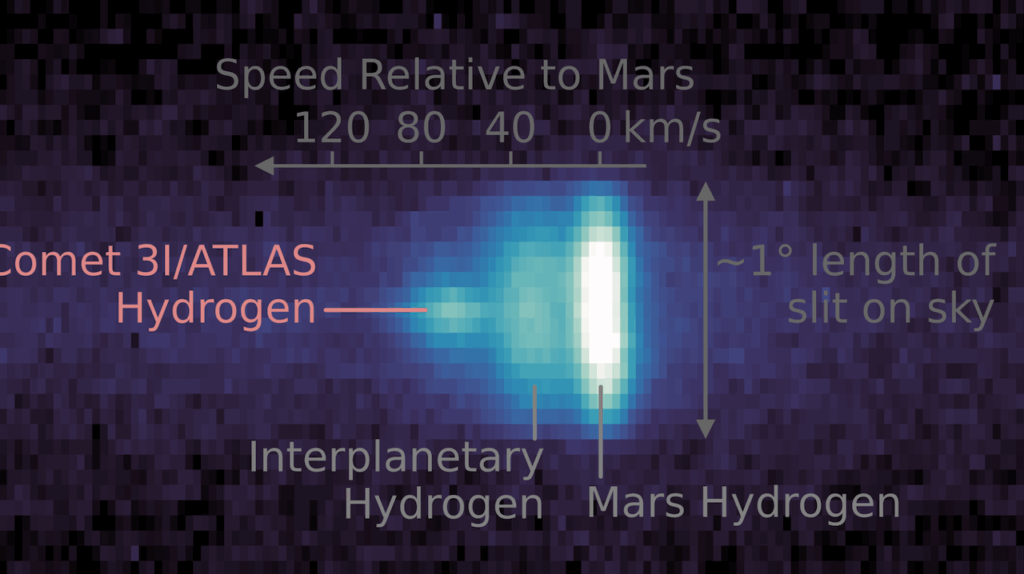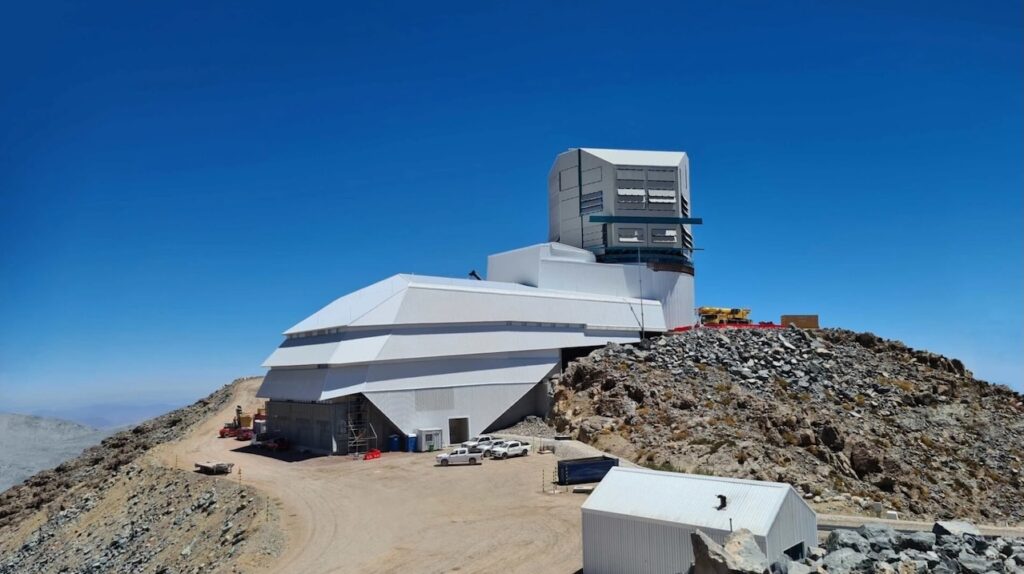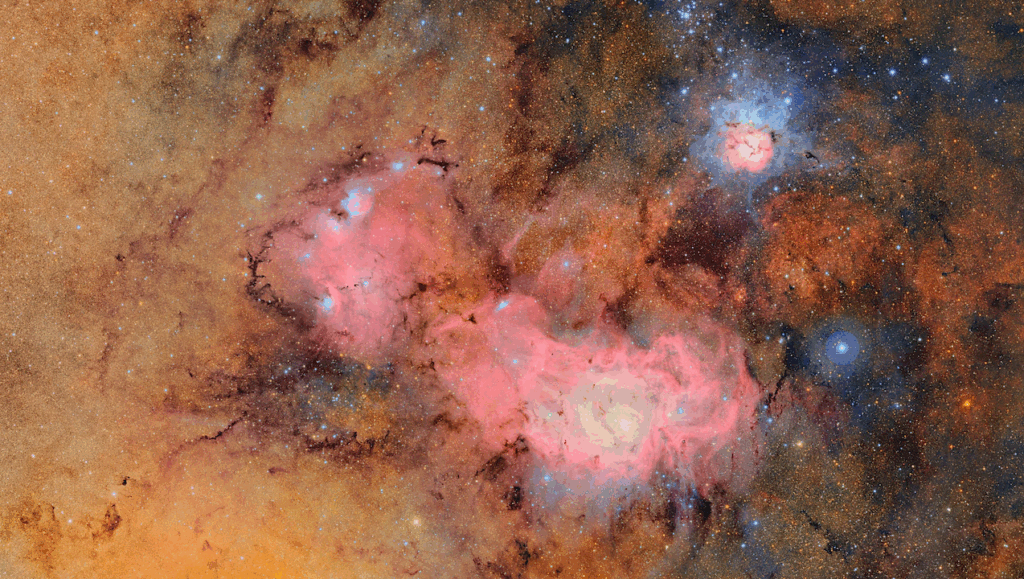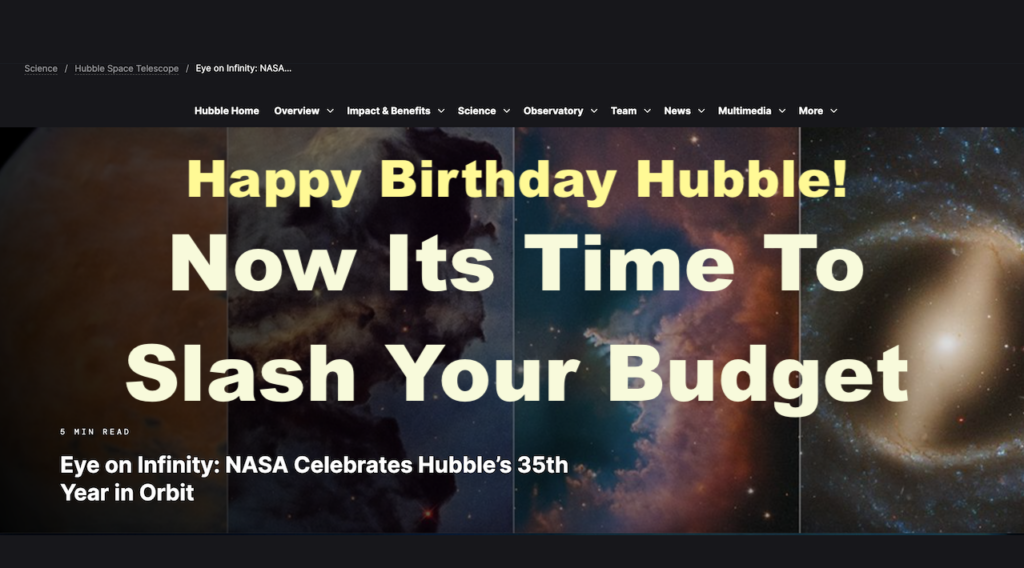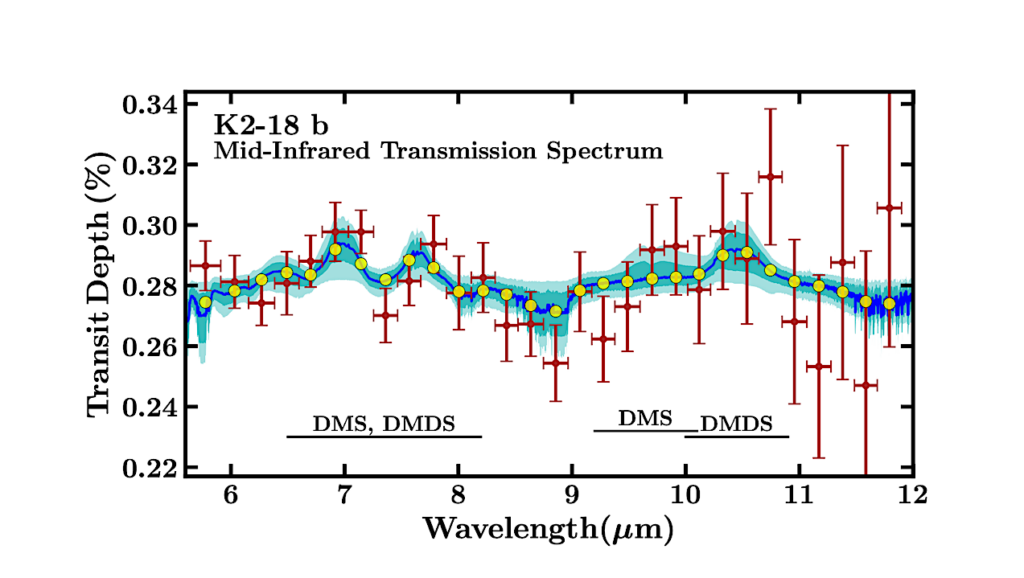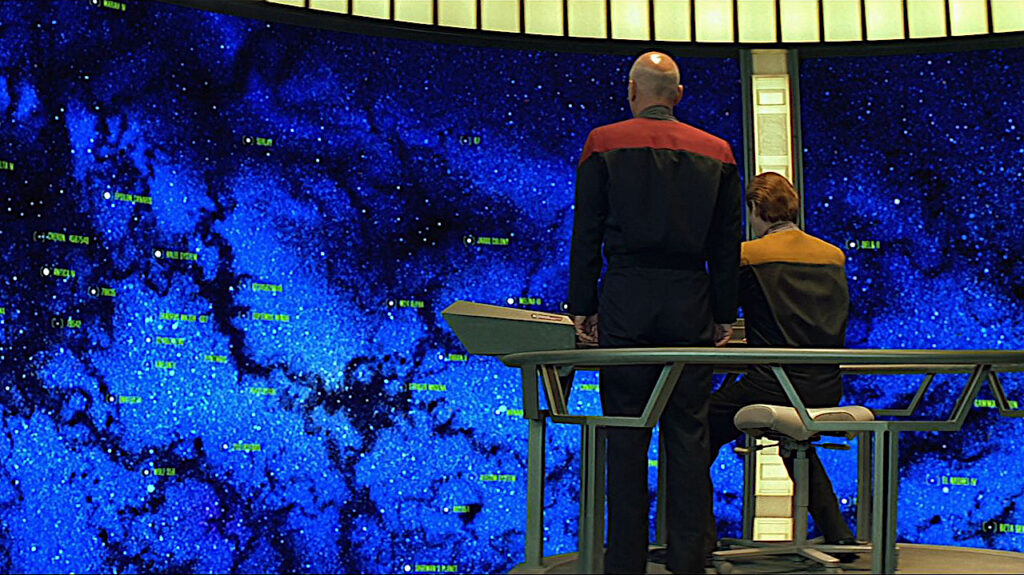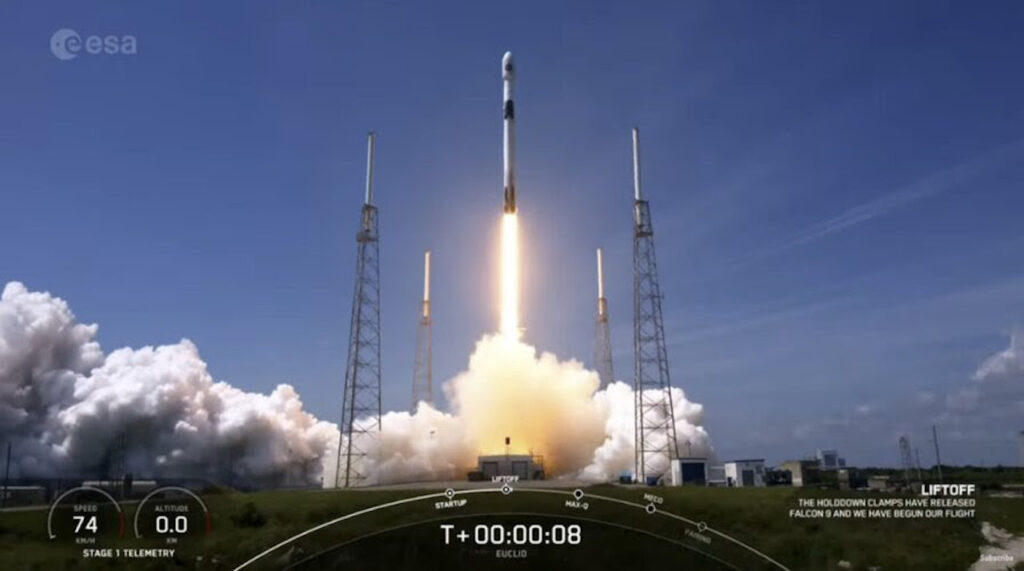Keith’s note: lots of imaging and other observations of Comet 3I/ATLAS by various NASA spacecraft. Sorry, Avi Loeb: No aliens. 👽 More info here.
(more…)Keith’s note: While current NASA space science is fighting for its existence, some people are not deterred and dream big. Have a look at: “Seeking The Worlds Of Avatar: Prospects for Detecting Moons Orbiting a Giant Planet in Alpha Centauri A’s Habitable Zone“ (I modified the title): “We focus our simulations on α Centauri A, orbited by a hypothetical giant planet consistent with candidate detections in Very Large Telescope and James Webb Space Telescope observations. We find that such a facility would be capable of detecting ∼Earth-mass moons in a five year campaign, assuming a Saturn-mass planet. More generally, we simulate expected detection limits for a variety of levels of astrometric precision.” According to the official “Avatar” series website: In orbit around α Centauri A is “Pandora one of fourteen moons that orbit the gas giant Polyphemus.” We’ll all be going back to Pandora in December in “Avatar: Fire and Ash” (trailer). While Space Science may be suffering – we can never allow the b*stards to take our dreams away.
(more…)Keith’s note: according to NASA: “On July 1, the NASA-funded ATLAS (Asteroid Terrestrial-impact Last Alert System) survey telescope in Rio Hurtado, Chile, first reported observations of a comet that originated from interstellar space. Arriving from the direction of the constellation Sagittarius, the interstellar comet has been officially named 3I/ATLAS. It is currently located about 420 million miles (670 million kilometers) away.” More – plus video
(more…)Keith’s note: according to this NSF press release “From distant stars and galaxies to asteroids whizzing through the solar system, this next-generation facility unveils its first imagery and brings the night sky to life like never before.” This amazing instrument will be used by NASA astronomers as well as people around the world. Yet another example of American leadership in space science and technology. But does NASA.gov mention it? No. @NASA? No. OSTP director Kratsios was at the event today and made comments about the importance of science and technology while OSTP simultaneously endorses cuts across the Federal government. He also referred to this as an “all of government” instrument. Yet NASA seems to be ignoring it. WTF NASA OCOMM?
(more…)Keith’s note: NASA and ESA are celebrating Hubble’s 35th birthday today. But the next 5 birthdays will be sad. According to space science community sources the pending budget from OMB orders NASA to start shutting Hubble off ASAP with a 20% budget cut in the next year’s budget with a zeroed budget after 5 years (2030). Grant money will evaporate. ACS, WFC3 IR channel, STIS CCD, will be turned off. Instrument scientists, software developers and flight controllers will be laid off. Oh well. Its been fun Hubble. Oh yes: NASA Roman is toast too. Lots of people would like to weigh in on this and other science cuts but they cannot. For now.
(more…)Keith’s note: Some interesting news from Cambridge University. Astronomers using the James Webb Space Telescope have detected “a tentative hint of dimethyl sulfide (DMS)“. A biosignature, simply defined, is a substance that is usually produced by life. It can often also have non-life sources. But usually when it is detected in certain circumstances it is a blinking light for something interesting. Follow-up research will be required – by multiple teams. As Carl Sagan is often quoted as saying “Extraordinary claims require extraordinary evidence”. NASA helped fund this research – research that is at the core of Astrobiology. Let’s see if they talk about it. Or not. To be clear: no one has discovered extraterrestrial life. At best they have noticed the hint – of a hint – of something that is worth looking into.
- According to “New Constraints On DMS and DMDS In The Atmosphere Of K2-18 b From JWST MIRI“: “Recent JWST transmission spectroscopy of the candidate hycean world K2-18 b in the near-infrared led to the first detections of carbon-bearing molecules CH4 and CO2 in its atmosphere, with a composition consistent with predictions for hycean conditions. The observations also provided a tentative hint of dimethyl sulfide (DMS), a possible biosignature gas, but the inference was of low statistical significance. … The results also highlight the need for additional experimental and theoretical work to determine accurate cross sections of important biosignature gases and identify potential abiotic sources. We discuss the implications of the present findings for the possibility of biological activity on K2-18 b.“
- According to “Strongest Hints Yet Of Biological Activity Outside The Solar System” from Cambridge University: “Using data from the James Webb Space Telescope (JWST), the astronomers, led by the University of Cambridge, have detected the chemical fingerprints of dimethyl sulfide (DMS) and/or dimethyl disulfide (DMDS), in the atmosphere of the exoplanet K2-18b, which orbits its star in the habitable zone. On Earth, DMS and DMDS are only produced by life, primarily microbial life such as marine phytoplankton. While an unknown chemical process may be the source of these molecules in K2-18b’s atmosphere, the results are the strongest evidence yet that life may exist on a planet outside our solar system.”
Keith’s note: I just did an interview on BBC World Service’s program “Outside Source” a few minutes ago about the stunning new imagery from Euclid. I used the stellar cartography scene from “Star Trek Generations” as my illustrative image (on radio). They’ll be playing this during the day and posting it online to a weekly audience of 364+ million. I emphasized how this is the sort of mission that has applicability to everyone everywhere – scientist or non-scientist alike. Meanwhile here is my [Audio] of the interview. I’ll post the BBC’s link later.
(more…)Keith’s note: I was just on Alaraby TV in Qatar talking about the recent discovery of methane and carbon dioxide in the atmosphere of super-earth exoplanet K2-18b by the Webb Space Telescope and what this means in terms of Astrobiology and the search for life in the universe. It is fun to not have to talk to jaded American TV. Surprise: People outside of our Americo-centric news bubble are interested in things we don’t seem to care much about. Among many other international networks, I have been on Alaraby, Al Arabiya, Alhurra, and Al Jazeera. Also, since I am being translated into Arabic in real time, it is fun since I used to be a professional American Sign Language interpreter (often on TV) and the translators like that I am good at parsing technical things for translation at a pace that facilitates translation – in real time. Keith’s fun aside, I get the clear impression that NASA has little – if any – interest in making people available to this vast viewing audience. I have asked NASA PAO about this in the past but they always declined to answer. To be certain, the viewership of these Arabic language networks overlaps – but the core audience is somewhere between 200-300 million located in over 150 countries. NASA has an astonishing soft power and branding reach and it rarely takes full advantage of it. This is one example. Baffling. Anyway: here’s the [Audio]
(more…)Keith’s note: On Friday I spoke spoke with Deutsche Welle several times about ESA’s Euclid mission and how it will search for answers regarding dark energy and dark matter in the universe. [Audio]. More information on the mission in online at SpaceRef: Euclid Telescope Poised to Investigate Mysteries of Cosmic Expansion. Update: I spoke with DW again on Saturday about successful launch of Euclid by SpaceX. [Audio] and then I was on Alhurra on Sunday talking about the mission as well. [Audio]
(more…)
